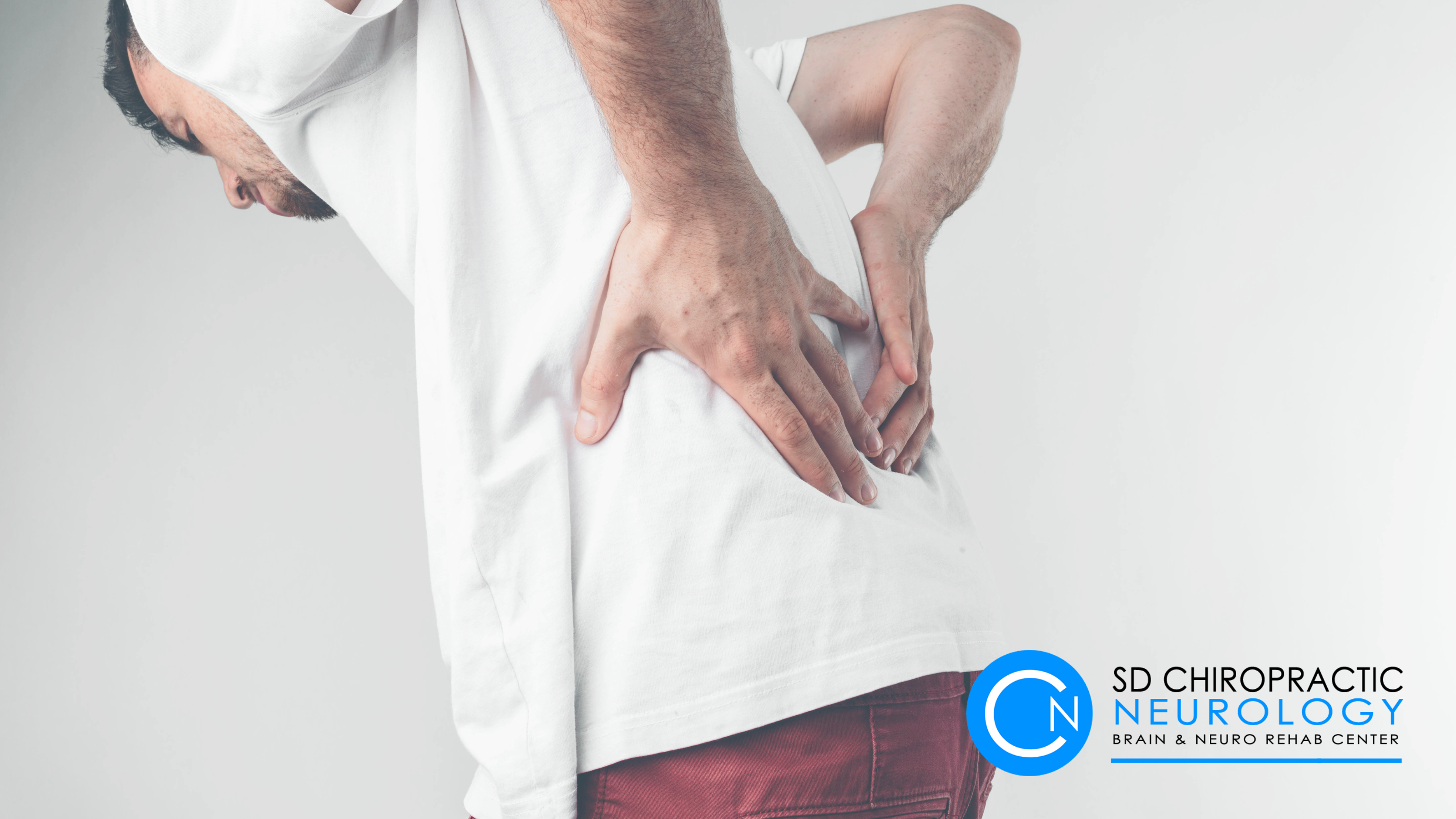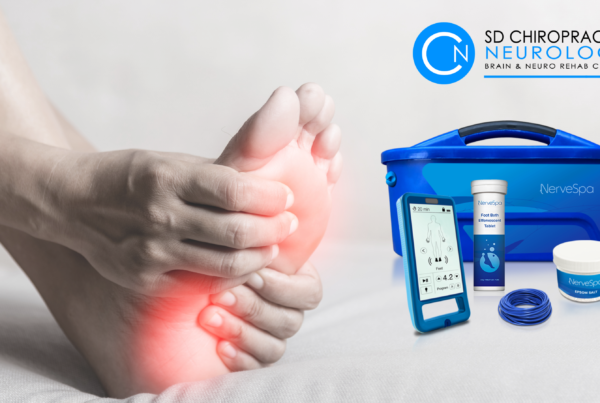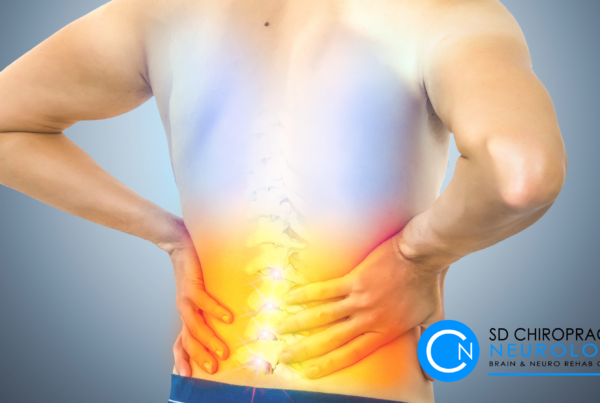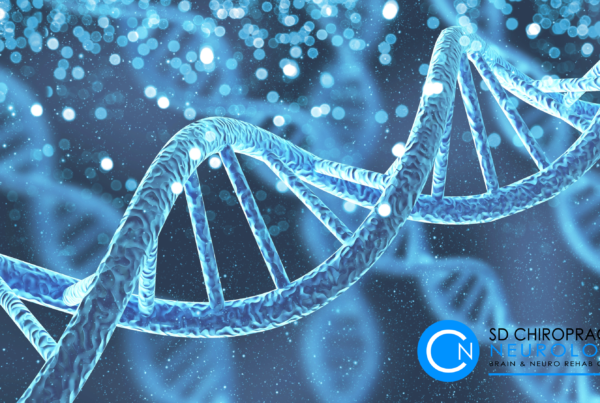
What is stenosis?
For many people, stenosis—a medical term for the narrowing of a passage within the body—can be a source of discomfort and worry. This blog post seeks to clarify the situation, whether you’ve just received a stenosis diagnosis or are interested in learning whether it has the capacity to heal on its own. Let’s investigate the intriguing concern of stenosis self-healing.
The Healing Potential of Stenosis
Let’s now talk about the main issue: Can stenosis repair itself? There isn’t a simple yes or no to the question. Depending on a number of variables, stenosis might have varied degrees of healing potential.
- The cause of stenosis: Temporary causes of stenosis, such as inflammation or muscular spasms, may go away on their own as the underlying problem is addressed or as the body’s own healing mechanisms kick in.
- The severity of the stenosis: Less severe cases with major structural alterations may be less likely to self-heal, whereas milder cases may have a better chance of healing or disappearing with proper care.
- Individual Differences: Because every person’s body is different, factors like general health, genetics, and lifestyle might affect how well the body can mend itself.
Conservative Treatment Options
If stenosis doesn’t fully resolve on its own, there are a number of conservative treatment methods that may be able to manage the problem and reduce symptoms. These remedies could consist of:
Non-surgical Spinal Decompression: Spinal Decompression therapy is a fantastic therapy for patients suffering from stenosis. This alleviates compression on nerves in your spine by creating a gentle “pumping action,” it helps to make more space for bulging or herniated discs by removing pressure from agitated nerves.
Physical therapy: Specific exercises and treatments can increase mobility and lessen stenosis-related discomfort.
Medication: To treat symptoms, a doctor may prescribe painkillers, anti-inflammatories, and muscle relaxants.
Lifestyle Changes: Making adjustments to daily routines, such as keeping good posture and avoiding activities that aggravate symptoms, can have a big impact.
Pain Control Techniques: Acupuncture and nerve blocks are two methods that can help with the pain associated with persistent stenosis.
When Surgery is Necessary
When nonsurgical therapies for stenosis are unsuccessful, surgery may be necessary to address structural problems or to offer relief. Surgery may be used to remove bone spurs, enlarge confined spaces, or address underlying issues that are causing the stenosis.
Living with Stenosis
Whether the stenosis resolves on its own or not, it is crucial for patients to continue receiving proper care to help with their condition.
Conclusion
The ability of stenosis to heal on its own varies from person to person and depends on a number of variables. While some conditions could get better with time and natural remedies, others might need medical attention. To identify the best course of action for your particular circumstance, it is imperative to get competent guidance if you think you may have stenosis or are exhibiting symptoms. Keep in mind that your health and well-being should always come first. If you’d like to reach out to us about what you’ve been suffering from or someone you know, schedule a free 15 minute consultation here to finally get the answers you deserve.




